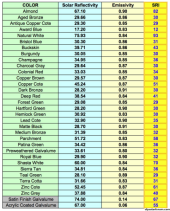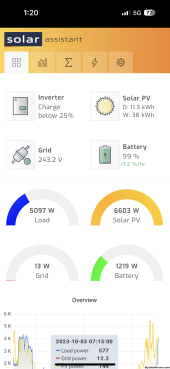SolarfortheOuachitas
New Member
- Joined
- Aug 1, 2020
- Messages
- 43
I recently requested an estimate for solar installation on a residential home that has conventional dark asphalt shingles. The return estimate included bi-facial solar modules for the East and West side of my dark composition asphalt shingle roof.
Does anybody have any insight on why they would work or not work in this application or why the installer would recommend them?
Does anybody have any insight on why they would work or not work in this application or why the installer would recommend them?




